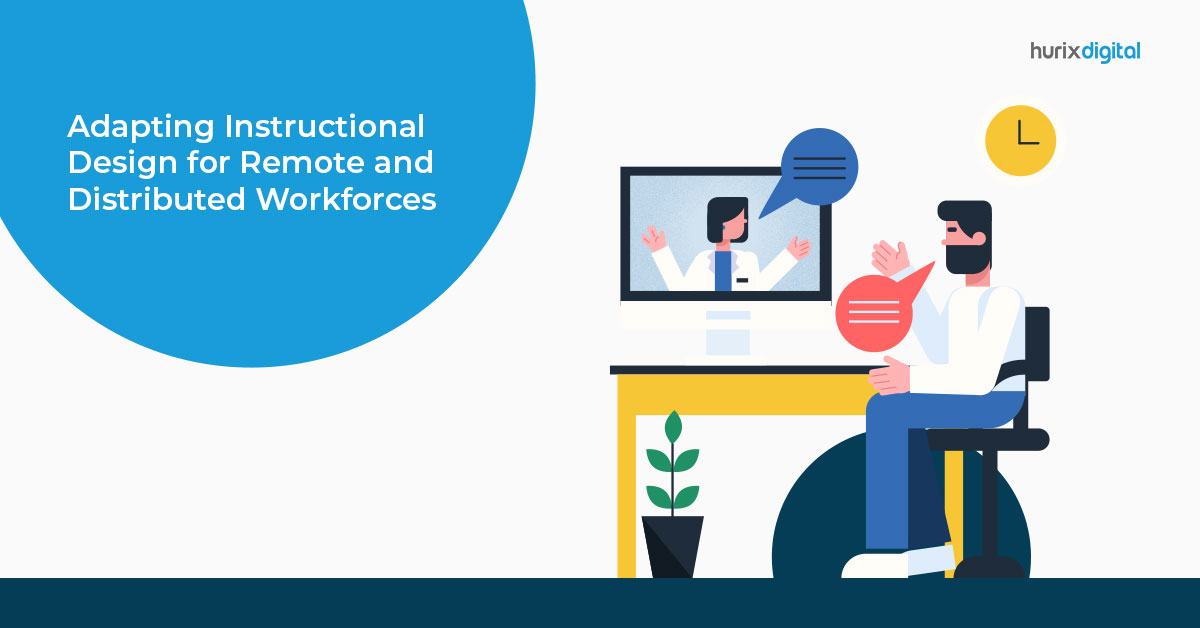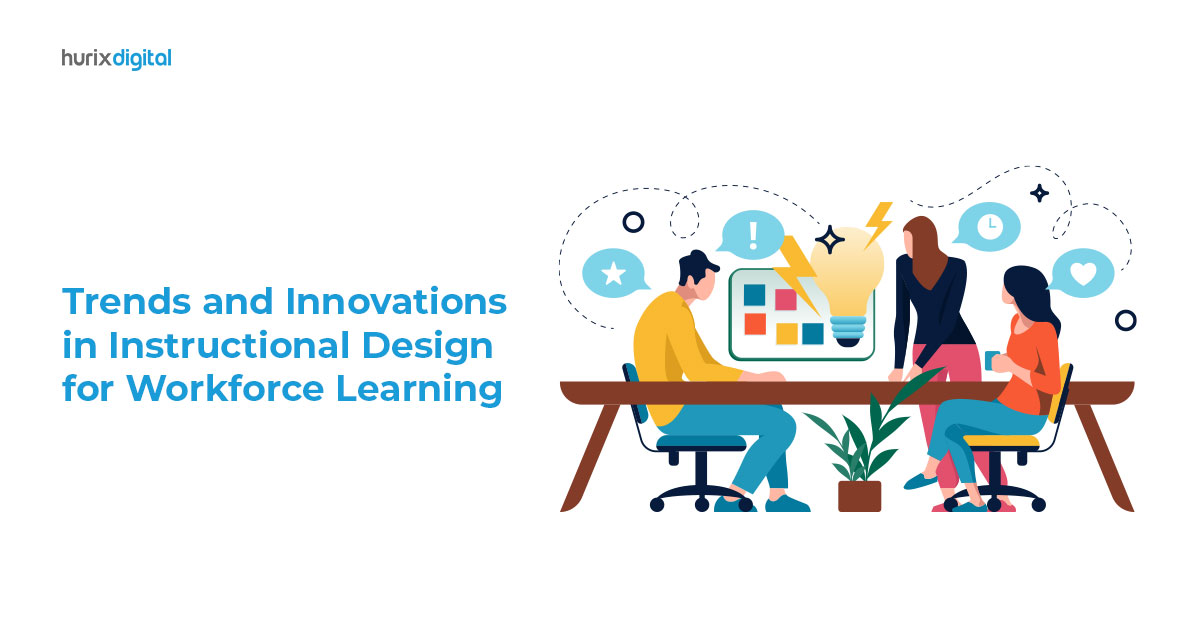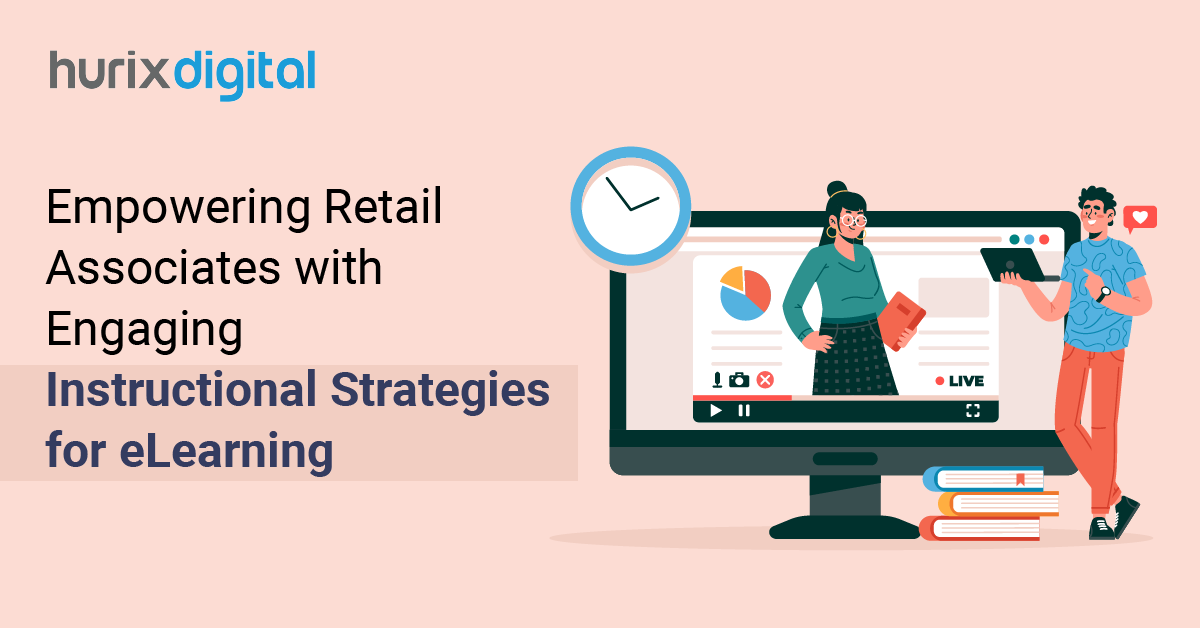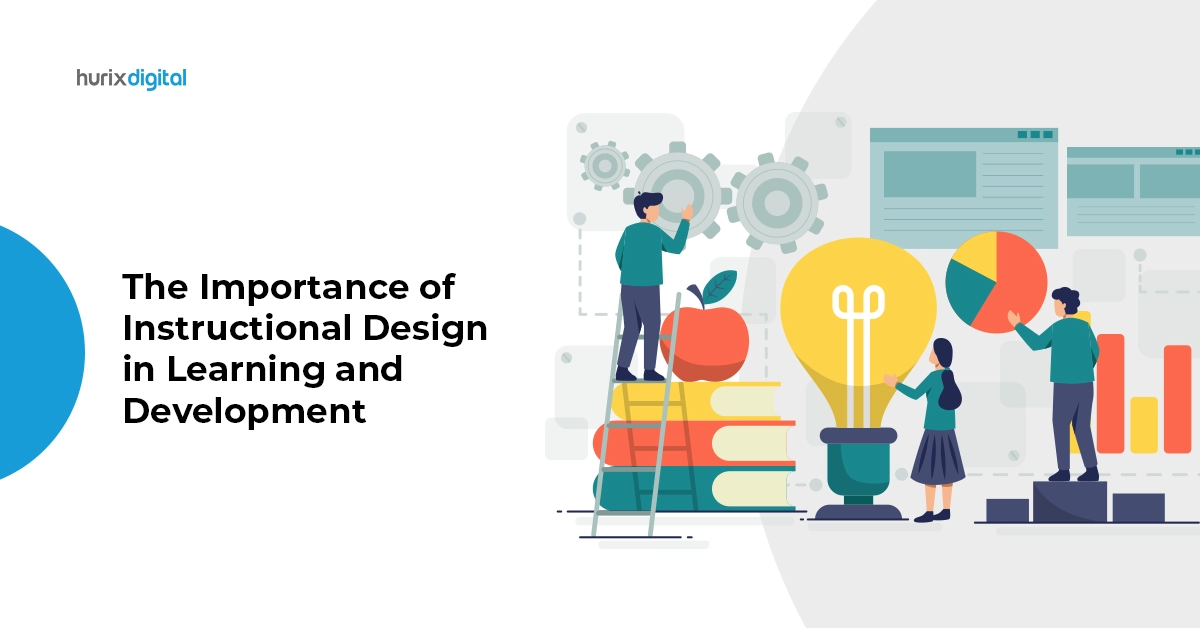
Adapting Instructional Design for Remote and Distributed Workforces
Summary
Learn how to adapt instructional design for remote and distributed workforces, focusing on strategies to maintain engagement, collaboration, and learning effectiveness in virtual environments.
COVID-19 changed the world significantly and accelerated the transition to remote working. Almost all industries transitioned to the remote and distributed workforce to ensure the business’s continuity and the employees’ safety, and many continue to maintain the remote model. Currently, 12.7% of employees work from home globally, whereas 28.2% of employees have adopted a hybrid model.
Consequently, there has been a need for businesses and organizations to adopt a remote instructional design to cater to employees effectively and efficiently. It is important to remember that instructional design must be carefully planned to ensure optimal learning and growth.
If you struggle with engaging your remote workforce and adapting creative remote learning strategies, we have you covered. Below is a guide to remote instructional designs and how you can implement them in the best way possible.
To help you get started effectively, let’s begin with the basics.
Table of Contents:
- What is Instructional Design?
- What are the Key Elements of a Remote Instructional Design?
- What are some Tips for Creating Remote Instructional Design?
- In Conclusion
What is Instructional Design?
Instructional design is the process of creating and organizing learning material and activities. The goal of creating an instructional design is to ensure that all the students and learners systematically acquire knowledge and skills. The process of creating an instructional design involves various steps, including the following:
- Setting up specific goals & objectives
- Identifying learning needs
- Creating the design
- Implementation
- Collecting feedback
- Implementing suggestions
Also Read: Everything You Need to Know About Instructional Design Evaluation and Assessing Employee Learning
It is now recommended that instructional designers research remote and distributed learning solutions to cater to evolving needs of employees and learners.
Post-COVID-19, employees’ reliance on digital technological infrastructure, machine learning, and artificial intelligence increased significantly. As a result, virtual training programs can be very beneficial in providing employees with adequate training, skill development, upskilling, and management support. Offices worldwide are now experimenting with online training, and the online education market is predicted to become a $350 billion industry by 2025.
You need to consider such factors while creating an effective remote instructional design. Implement various employee learning theories and educational models within the design to create a sustainable and modern learning environment and utilize the resources given to you in the best way possible.
What are the Key Elements of a Remote Instructional Design?
Mentioned here are some essential elements of an effective remote instructional design:
1. Clear and Precise Learning Objectives
The first step is to set up clear and precise learning objectives and goals to ensure that the instructional material aligns with learners’ needs. Here are some tips you can keep in mind while creating the learning objectives:
- Use action words to let the students know what is expected from them.
- Specify the content and conditions clearly to motivate learners to perform efficiently and independently.
- Keep it concise and clear by avoiding ambiguity and vague language.
- Refer to Bloom’s taxonomy to align the goals with learners’ cognitive engagement levels.
- Seek feedback and refine the objectives accordingly.
2. Effective Content Delivery
Remote instructional material can only be optimized fully when it is delivered effectively. Employ various strategies to engage the learners creatively. With the advent of virtual reality and continuous digital advancements, you can develop numerous ways to ensure virtual engagement and simulation.
For instance, with a gamification model involving elements like badges, rewards, spin wheels, pop quizzes, etc., you can teach learners how to apply theoretical knowledge to practical concepts.
3. Communication and Collaboration
Establishing effective communication, collaboration, and workflow channels with your distributed workforce is of utmost importance. In the absence of smooth and effective communication, even highly advanced training and development strategies will fail to make a mark.
Encourage your learners and employees to ask questions and even collaborate with their colleagues in times of need and support. Schedule regular video conferences, discussion boards, etc., to get the most out of the instructional design.
4. Clear and Concise Instructions
The employee learners should not feel confused after reading the instructional design. Make sure you provide clear instructions and a guidebook for each learning task and objective that has to be accomplished. The guidebook should be comprehensive, with step-by-step instructions, videos, links to external sources, comments, etc.
5. Regular Assessment and Feedback
Remember to engage in regular assessment of the learners to analyze the effectiveness of the learning material. You can also ask learners for feedback and their satisfaction with the new design. Some of them might struggle with adapting the instructional design. In such cases, provide them with adequate support. Feedback given by the employees must be incorporated into the design to continue the learner’s progress and improvement.
Also Read: 4 Instructional Design Strategies for Creating An Effective eLearning Course
What are Some Tips for Creating Remote Instructional Design?
- Understand the needs of your remote and distributed workforce.
- Cut down the instructional material into several bite-sized chunks.
- Incorporate interactive and multimedia elements to promote active learning.
- Design while considering the asynchronous environment of remote learning.
- Foster an environment of effective communication and collaboration.
- Be clear about the learning objectives, instructions, and objectives.
In Conclusion
Considering all the above mentioned factors, you can create a highly engaging and successful remote instructional design. Keep updating and optimizing it regularly to cater to the evolving needs of the employees.
If you need a partner in adapting your instructional design, reach out to us at Hurix Digital. We provide additional services: Digital Content Solutions, Digital Content Transformation, Digital Engineering, and Technology, etc.
You can get in touch with our expert team and get started today!
Related Article – Trends and Innovations in Instructional Design for Workforce Learning

Performance, Results, Growth, and Life-Long Learning define my professional life. I am passionate about making workplace learning planful, purposeful, and impactful. I take pride in partnering with clients and bringing them the best in learning design and creating solutions that address business challenges.







